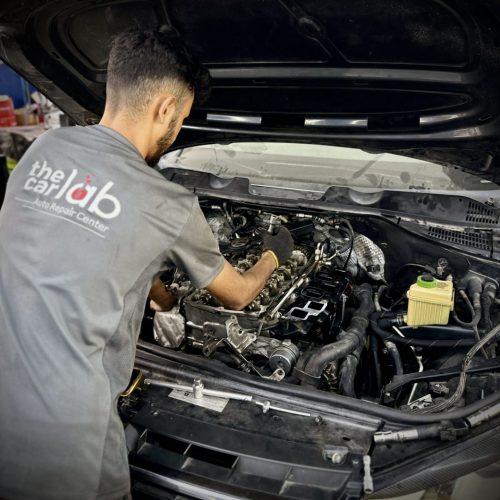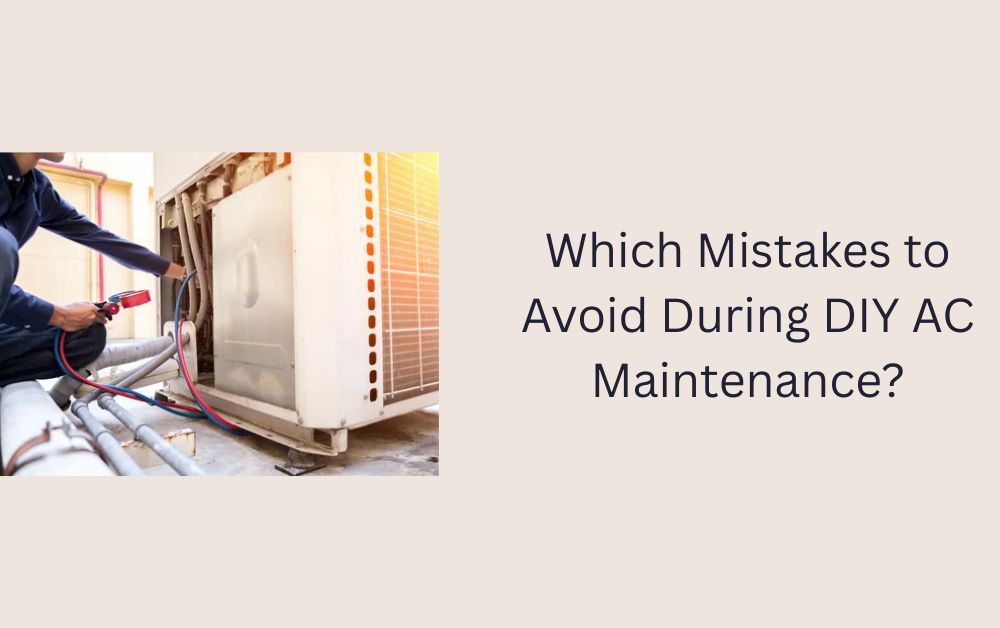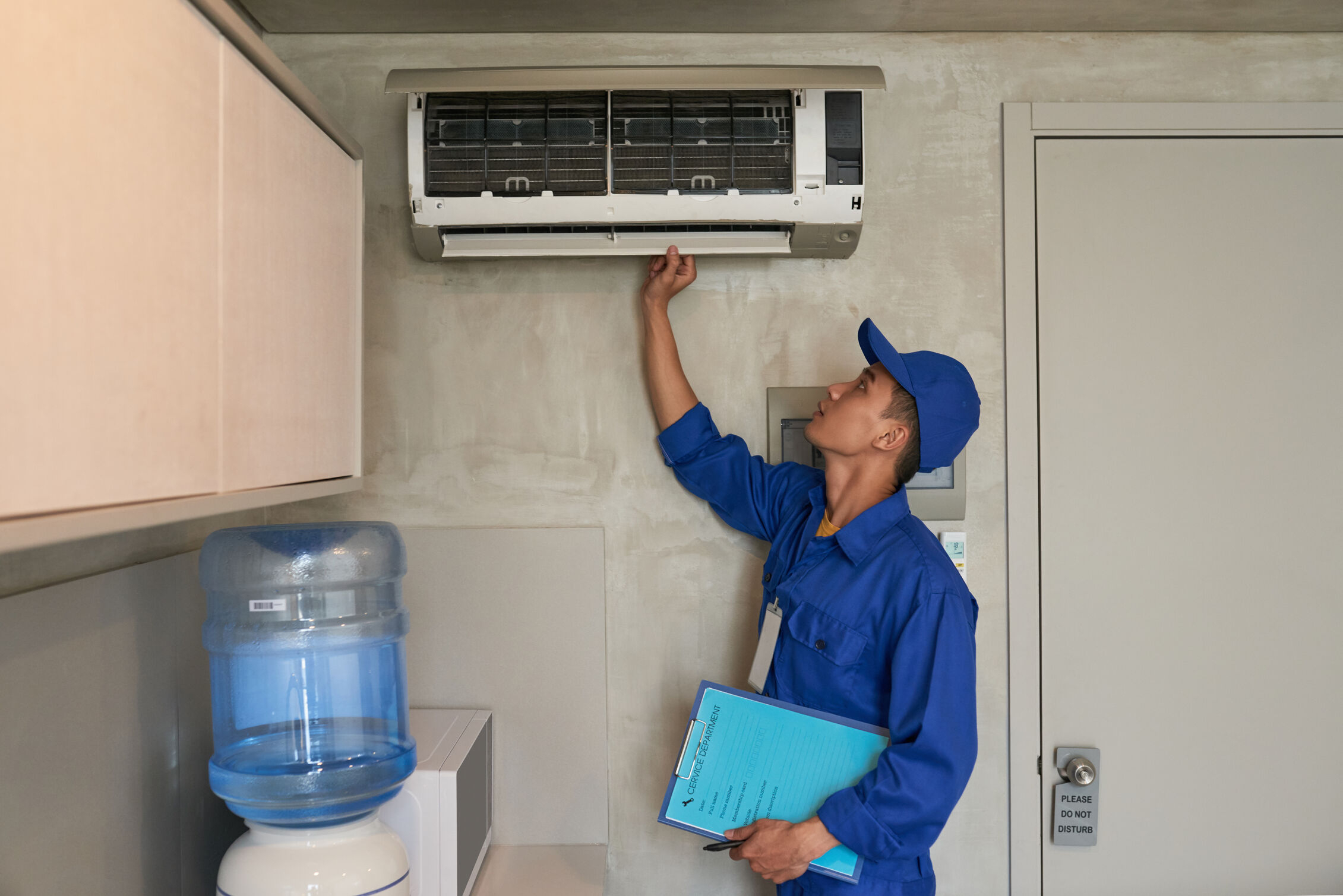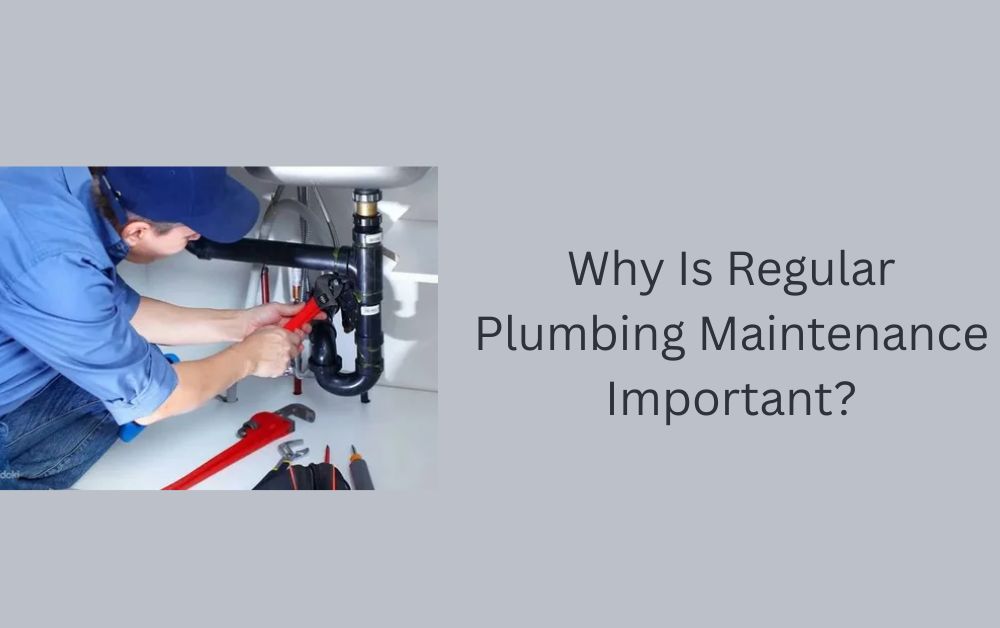The Constant Velocity (CV) joint is a crucial component in a vehicle’s drivetrain system. It ensures the smooth and efficient transfer of power from the engine to the wheels while allowing flexibility in movement. CV joints are commonly found in front-wheel-drive (FWD), all-wheel-drive (AWD), and some rear-wheel-drive (RWD) vehicles. Understanding how they work, their different types, and proper maintenance can help extend their lifespan and prevent costly repairs.
What is a Constant Velocity (CV) Joint?
A Constant Velocity joint is a mechanical coupling that connects the drive shafts to the wheels, allowing them to move up and down while maintaining a constant rotational speed. Unlike universal joints, CV joints can accommodate greater angles without causing variations in speed or torque. This results in a smoother driving experience and efficient power delivery.
Functions of a CV Joint
- Power Transmission – CV joints transfer engine power to the wheels without fluctuations, ensuring a stable drive.
- Flexibility in Movement – They allow the wheels to turn and move up and down as the vehicle navigates rough or uneven terrain.
- Reduced Friction and Wear – Designed with precision, CV joints minimize wear and tear, increasing vehicle efficiency.
Types of CV Joints
There are two main types of Constant Velocity joints used in automobiles:
1. Ball-Type CV Joint (Rzeppa Joint)
- Most commonly used in front-wheel-drive vehicles.
- Consists of a spherical housing with grooves that hold steel balls.
- Provides smooth operation with minimal resistance, allowing effective torque transmission.
2. Tripod-Type CV Joint
- Found mainly in inner CV joints of front-wheel-drive and all-wheel-drive vehicles.
- Uses three roller bearings mounted on a tripod to reduce friction.
- Offers better performance in axial movement and is durable for high-speed applications.
Symptoms of a Failing CV Joint
A worn-out or damaged CV joint can lead to serious drivetrain issues. Here are some common signs of a failing CV joint:
- Clicking or Popping Noises – A loud clicking sound when turning is a major indication of a worn CV joint.
- Grease Leakage – Torn CV boots can lead to grease leakage, resulting in premature wear.
- Vibrations While Driving – A failing CV joint can cause excessive vibrations, making driving uncomfortable.
- Loss of Acceleration Power – A damaged CV joint can lead to inefficient power transmission, affecting acceleration.
Causes of CV Joint Failure
Several factors can contribute to CV joint failure, including:
- Lack of Lubrication – The CV joint relies on grease for smooth movement. A lack of lubrication can cause excessive wear.
- Damaged CV Boot – The protective rubber boot prevents dirt and moisture from entering the joint. A torn boot exposes the joint to contaminants.
- Heavy Loads & Off-Road Driving – Carrying excessive weight or frequent off-road driving increases stress on the CV joints.
CV Joint Maintenance Tips
Proper maintenance can prolong the lifespan of CV joints and prevent expensive repairs. Here are some essential tips:
- Regular Inspections – Check the CV boots for cracks or tears during routine vehicle inspections.
- Keep CV Boots Intact – Ensure the boots are properly sealed to prevent dirt and moisture from causing damage.
- Lubricate as Needed – If necessary, apply fresh grease to keep the joints running smoothly.
- Replace Worn CV Joints Promptly – Ignoring symptoms of failure can lead to more severe damage, affecting the entire drivetrain.
CV Joint Replacement: When and How?
If a CV joint is severely damaged, replacement is the best solution. Here’s what you need to know:
- When to Replace? – If you hear clicking sounds while turning, experience excessive vibrations, or notice grease leaks, it’s time to replace the CV joint.
- DIY or Mechanic? – While experienced car owners may replace a CV joint themselves, it’s advisable to have a professional mechanic perform the job to ensure proper installation.
- Cost of Replacement – The cost of a CV joint replacement varies based on the vehicle model, labor charges, and part quality. Typically, it ranges from $150 to $500 per joint.
Conclusion
Automotive Constant Velocity (CV) joints play a critical role in ensuring smooth power transmission and vehicle performance. Understanding their function, types, and maintenance can help car owners prevent premature failure and costly repairs. Regular inspections, keeping the CV boots intact, and timely replacement of worn-out joints will ensure a reliable and comfortable driving experience. If you notice any signs of CV joint failure, address them immediately to avoid further damage to your vehicle’s drivetrain system.











